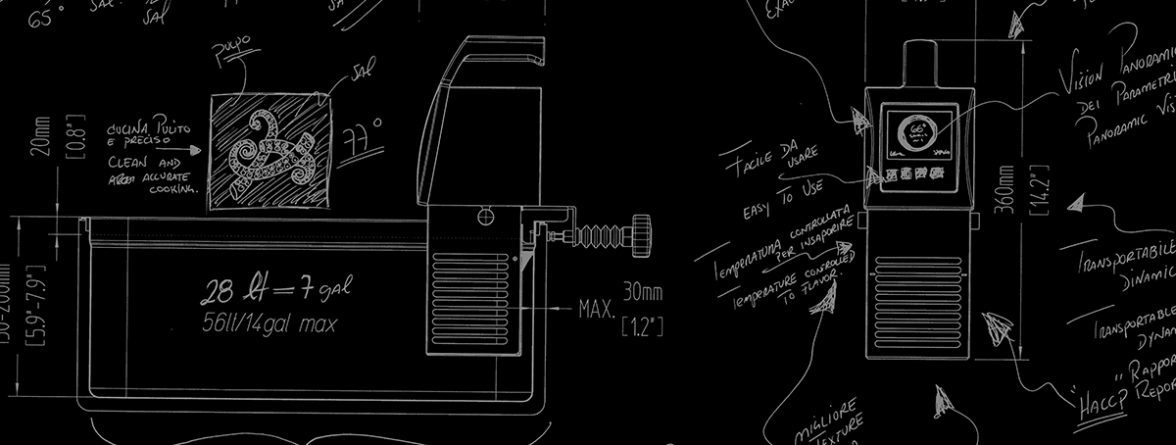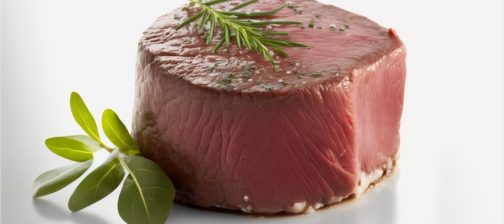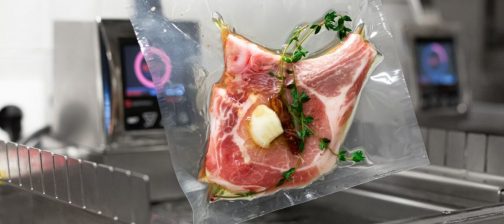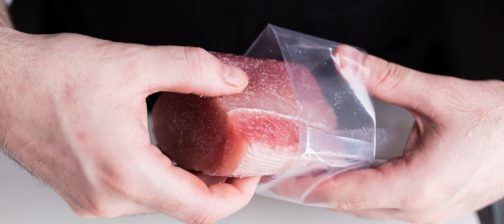A user asked us the following question:
“I would like to know how I can estimate the ratio when choosing one temperature or another for cooking one food type, that is, if I want to cook pork cheeks and the recipe says to cook them at 65ºC for 36 hours, how can I guess how long I need if I cook them at 80ºC? I imagine there must be some kind of mathematical ratio.”
This was the response of Enrique Fleischmann, the chef.
It is very complicated to generate a real standardised calculation regarding the cooking times of different elements due to the fact that each of said elements has unique characteristics (type of livestock, feed, slaughter, maturing period, etc.). This is why the automatic standardisation of times and temperatures is not so easy to apply.
If we cook a raw material at 65º for a determined length of time, that doesn’t mean that if we raise the cooking temperature we will achieve the same result in fewer hours. The cooking will definitely be quicker, but the values will no longer be the same. Take into account that, when cooking, the constant temperature helps us to transform certain proteins (collagen, fats, general proteins) and that a greater temperature may bring about extremely radical changes in said proteins.
Therefore, when we have an element that we want to cook at 65ºC for 36 hours, raising the temperature may cause a change in both the texture and final result of our cooking, depending on the type that we have decided to cook. This is why, in my opinion, it is very important, before generating a mathematical calculation, to analyse the different characteristics of the type and, once these have been analysed, stipulate the suitable times and temperatures.
To do this, some of the parameters to take into account are:
- Thickness
- Weight
- Type of meat
- Regeneration
In any case, in our cooking list you can find time and temperature recipes which are not as long as you mention. Remember that this list is only indicative.
You can also watch a video in which we show you how we work with Iberian pork cheeks.
Finally, remember that the needle probe allows you to investigate and play around with products in order to stipulate the suitable times and temperatures for each element.




